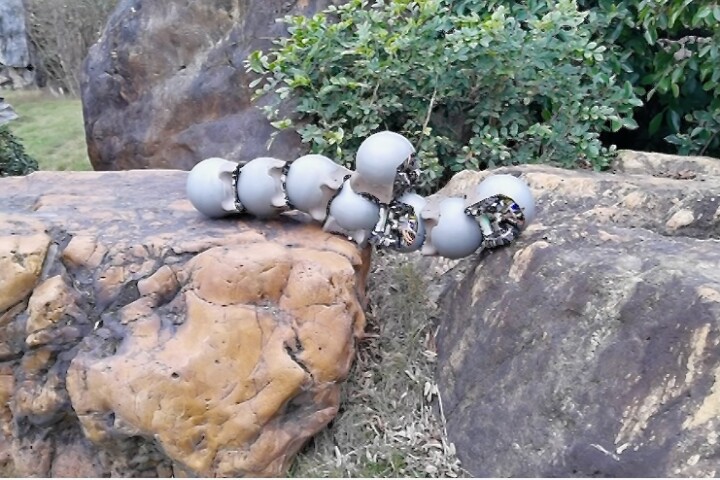One of the easiest ways into virtual reality right now is through the 360-degree videos pushed by the likes of Facebook and YouTube, spherical movie balls that you sit inside and peer around in. Now Google wants to offer an even simpler format for content creators and viewers alike: VR180.
As the name suggests, it's the full 360-degree experience cut in half, so you only see what's ahead of you, though you can take in 180-degrees of immersion. While VR180 might seem like a downgrade, it should be more straightforward for viewers to get to grips with, and will be easier to record, too.
"VR180 videos focus on what's in front of you, are high resolution, and look great on desktop and on mobile," explains Google.
The new VR180 format will work in Cardboard, Daydream, and PSVR to begin with, appearing as a normal flat video on other devices and inside browsers. If you use a dedicated VR device, the 180-degree clips will be shown stereoscopically in 3D, so you can get a sense of depth. Livestreaming videos will also be supported by the new format.
On the content creation side, the camera setup and the editing process should be simpler too – Google says Adobe Premiere Pro support is coming – so for everyone involved it's a more streamlined approach to VR video that aims to keep the immersive aspect and ditch what's less important (everything going on behind you).
Last week Google engineers unveiled a new tool for VR video creators that showed where viewers were looking through heatmaps. It turns out that people spend 75 percent of their time looking at the front 90 degrees of a VR video, even if they've got 360 degrees to look at, so VR180 makes sense from that perspective.
360-degree videos aren't going anywhere but VR180 should provide an easier entry point for viewers as well as fewer headaches for those doing the actual filming. Google says VR180 cameras with a "point-and-shoot" feel are on the way from YI, Lenovo, and LG, with the first ones out before the end of the year.
You can find out more about the new format and sign up for updates at Google's VR180 page.
Source: Google





